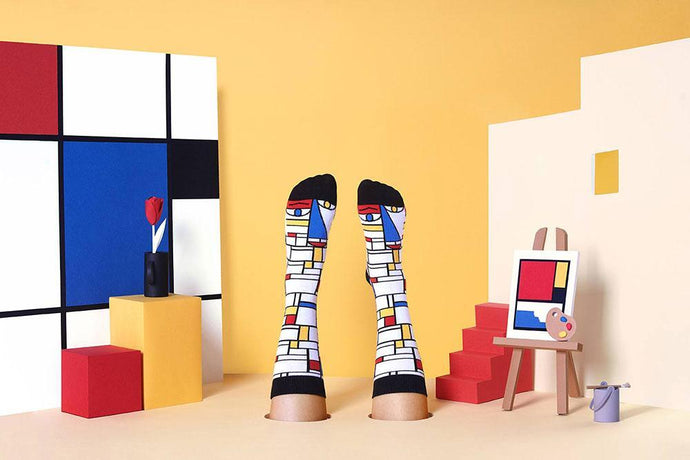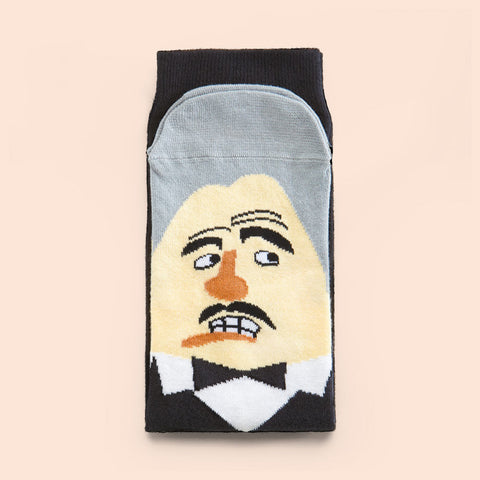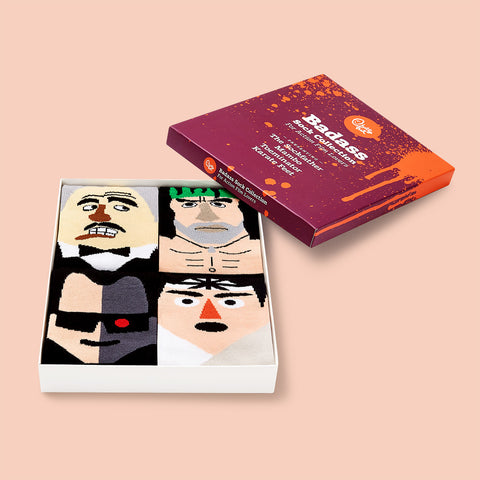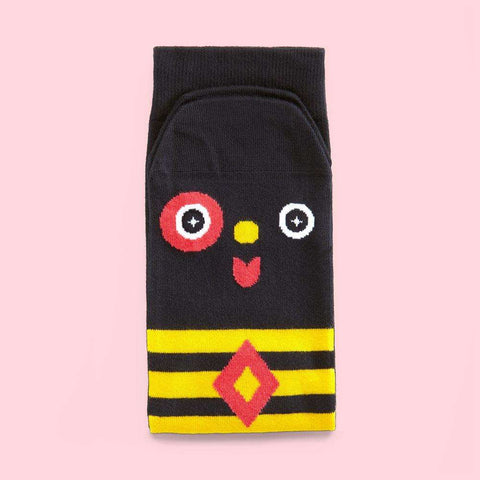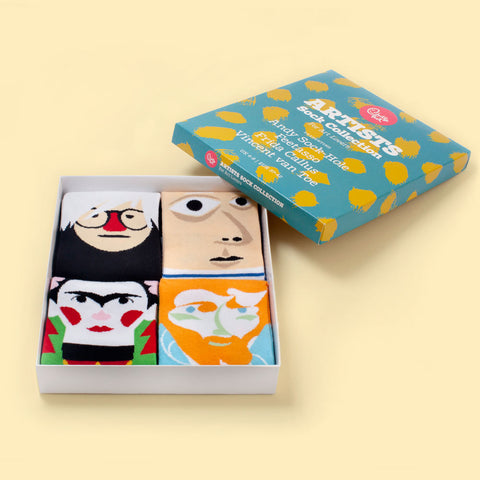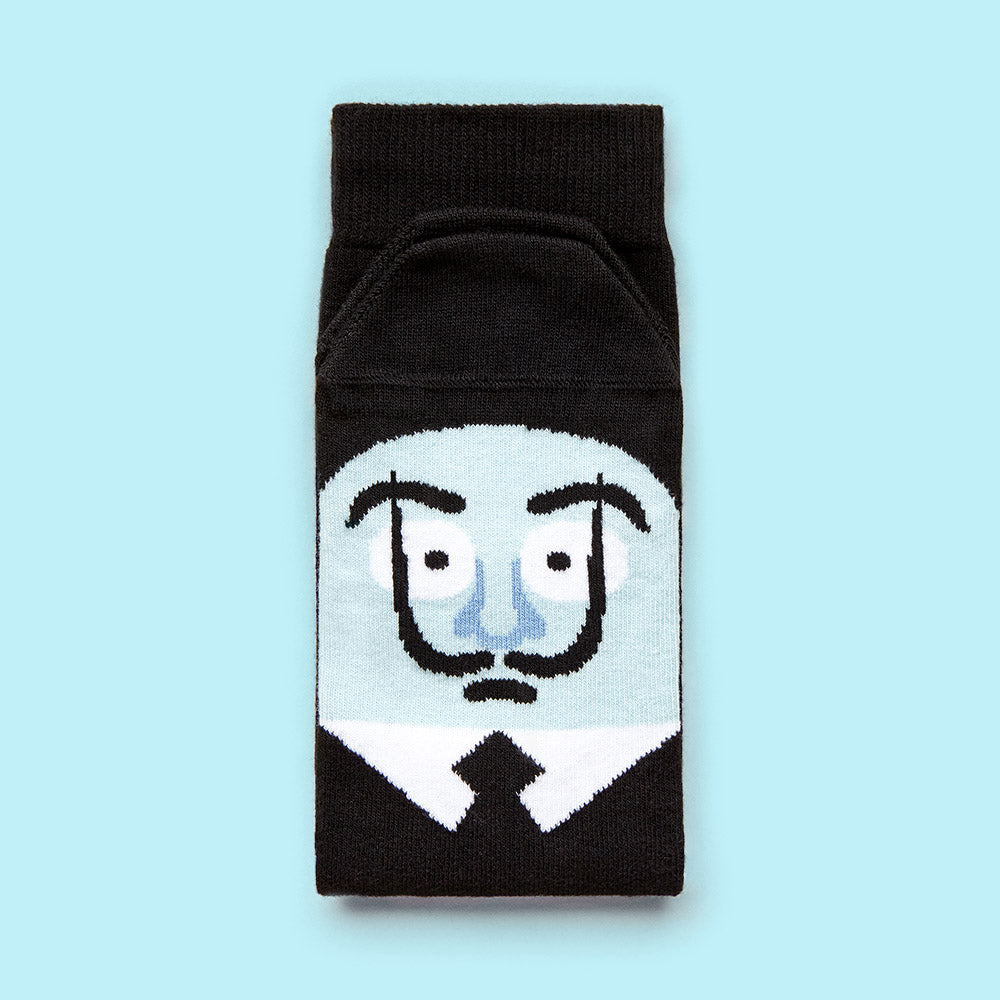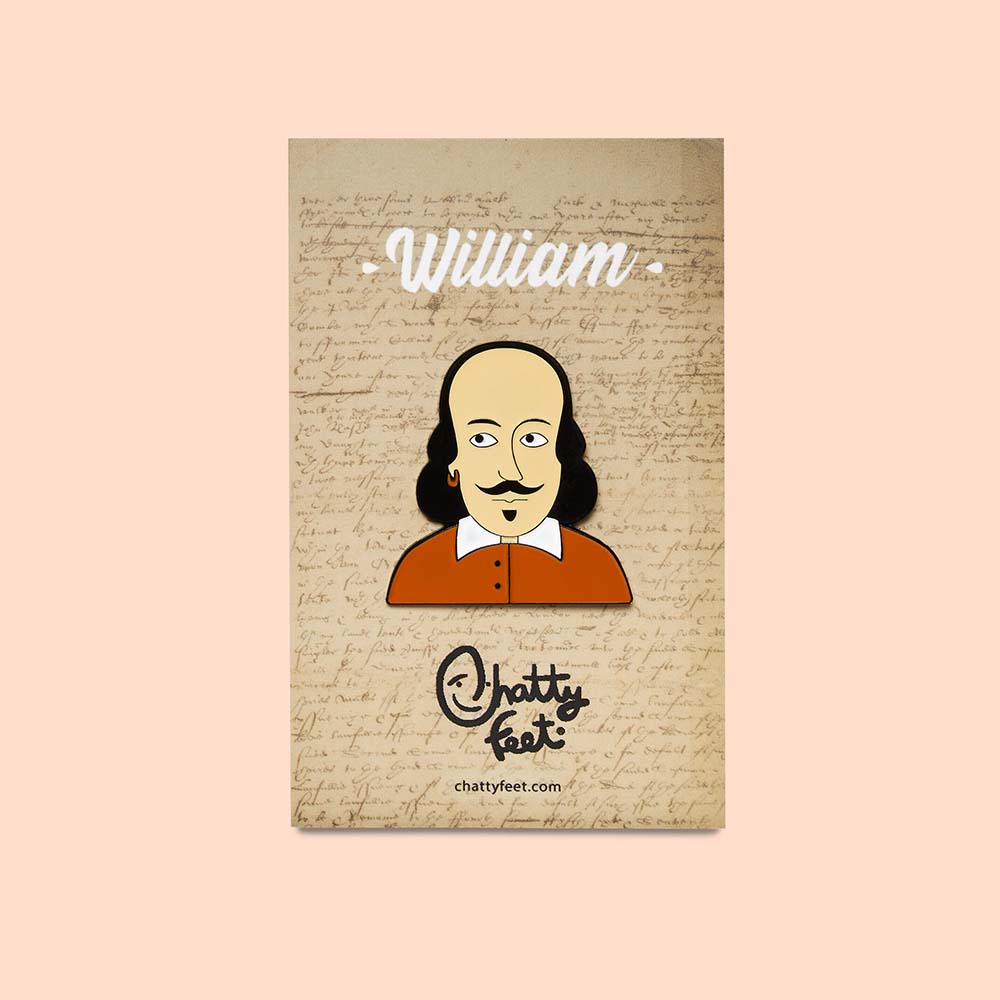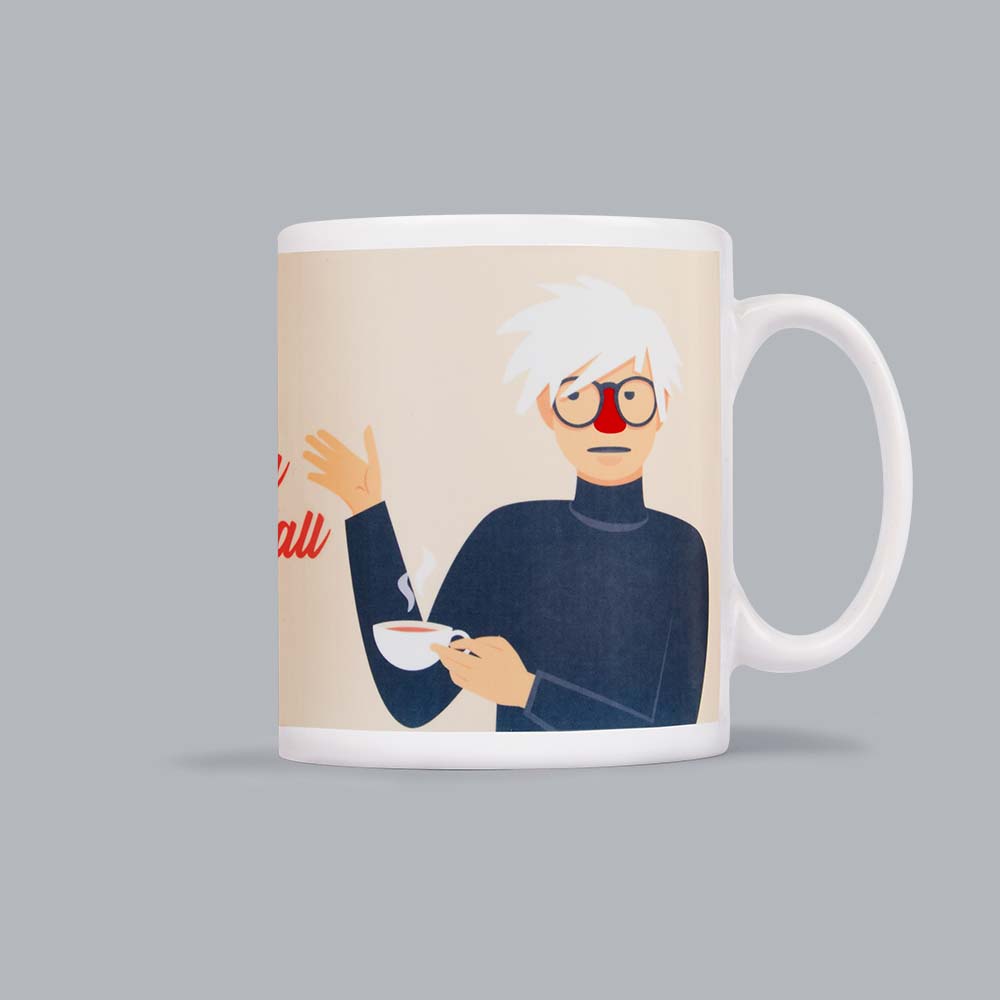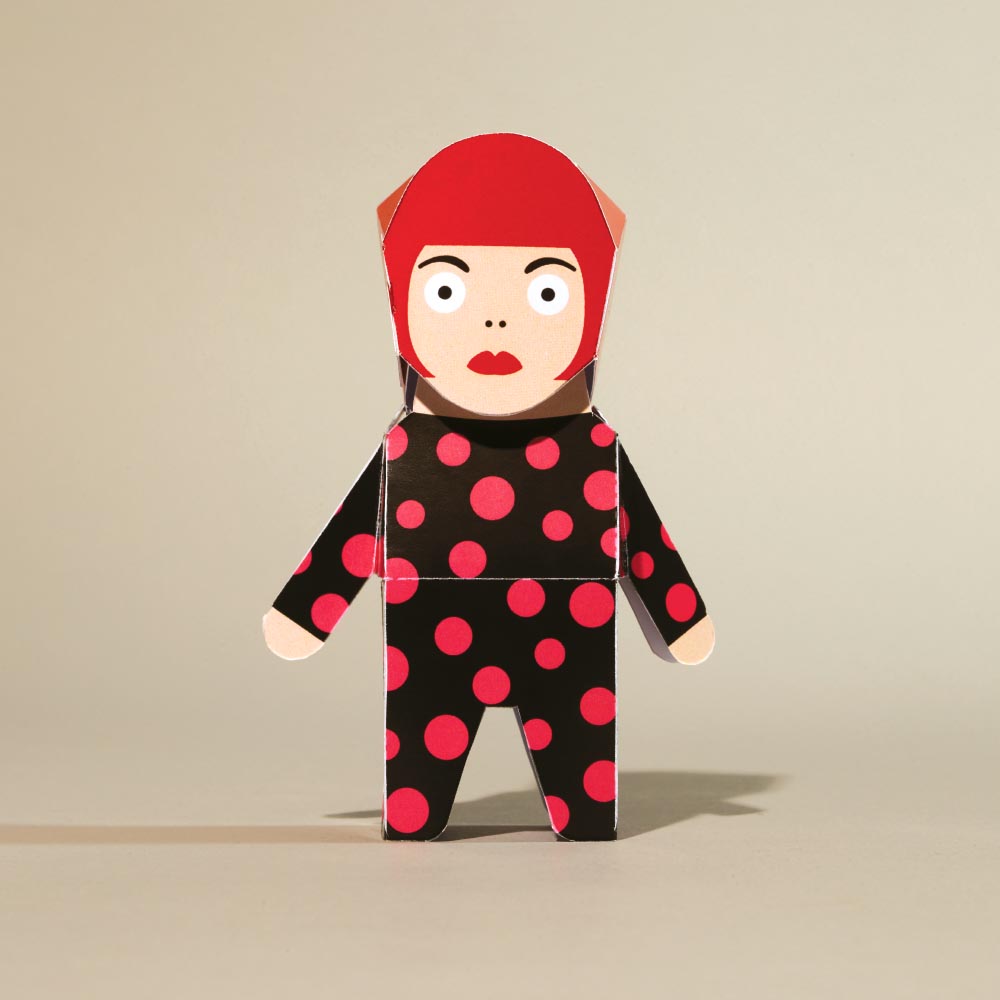I grew up in a photography-aware environment, my grandfather was a very enthusiastic photographer with his own darkroom and my grandmother gave me her collection of Time Life books on photography when I was in my late teens. After an apprenticeship with a photographer in Germany I came to London to start my studies, and I stayed… There is a saying about London: “Once you have drunk Thames Water you will never leave", maybe it’s true!?
I am very passionate about analogue work, whether it be with my old film cameras or self-made pinhole cameras. You end up with something physical, as opposed to intangible gigabytes of information. I often do workshops on that theme and it is interesting to work with the younger generation that has never used film before (Science Museum's late photogram workshop).
You have to be a good listener to take good portraits. It is important to get to know the person in front of your camera in order to portray them truthfully.
I really like the new addition to the family, Kate Middle-Toe, maybe because she is such a spitting image of the Duchess of Cambridge.
It’s the way Don Cottone is eyeing the cupcakes in the photograph. The character’s eyes are very expressive and anything placed in their gaze has to be carefully considered. The irony of a gangster looking at cupcakes just made the shot in this instance.
Last year I saw a talk by Giles Duley, he is a photojournalist who almost lost his life in Afghanistan a couple of years ago. He could have easily given himself up to his injuries, but instead he got back on his feet and returned to tell the stories of people in war-stricken areas.
I treat them like adults. I think the worst you can do is to talk to kids as if they don’t understand what’s going on. And it has to be fun for the children, they need to be involved in what is going on in the shoot. If they have ideas, I try to take them on board, it helps to keep their attention. And who doesn’t like to be taken seriously?
People say that I am relaxed when shooting, funnily, the inside of me usually looks quite the opposite. I am very focused and always alert, trying not to miss out on the small things that happen away from the main focus of attention. This where the best photo opportunities tend to hide, behind the photographer, when people don’t feel observed.
Over the summer I gave a pinhole photography workshop to a group of students from the US. I built a portable darkroom and set it up in the garden of my studio, it gave the workshop a whole new experience. It also means that I will be able to offer workshops in the future whatever the location, which is exciting and unique. Plus the images are out of this world.
I recently got given an enlarger, which is more advanced than the one I inherited from my grandfather, and I am in the process of setting up a darkroom at my studio. For me understanding the archetypal light capturing technique means making better pictures even with the most recent digital technology I am using on a daily basis.
What do you think makes a good photographer?


